The Humble Beginnings of the National Symphony Orchestra
At 4:45 p.m. on January 31, 1930 the “new and shaky ensemble known tentatively as the National Symphony Orchestra of Washington D.C.”[1] took the stage of the recently finished Daughters of the American Revolution Constitution Hall at eighteenth and C streets northwest. Conductor Rudolf Schueller and the musicians were welcomed into the hall by a vigorous applause from an audience of 2,000 music-loving Washingtonians—including First Lady Mrs. Hoover, who eagerly awaited the newly established orchestra’s first notes.[2]
When the crowd quieted, Schueller conducted the orchestra in the Tannhauser Overture by Richard Wagner. Unlike the warm encompassing sound you would expect to hear at a symphony performance today, “if you closed your eyes during an orchestral concert at Constitution Hall, it was easy to imagine that somebody had put a small radio on the stage far away and then let it play.”[3] Despite the acoustics in the hall, the audience was captivated by the orchestra’s precision and phrasing of the Wagner classic.
All through Bizet’s L’Arlesienne, Kelley’s Symphonic Variations on A New England Hymn, and Liszt’s Les Preludes, Schueller and his musicians continued to impress the audience with what the February 1, 1930 edition of The Washington Post called a “really splendid example of orchestral playing,” and “fluent and skillful technique displayed again and again.”[4] The Washington Evening Star even remarked: “Considering that the orchestra was organized within the month, the interpretation of the entire program was most remarkable.”[5]
Arriving at this moment of glory did not happen easily, or quickly for that matter. While Washington is typically considered a capital of arts and culture today, this was definitely not the case in the early 1900s. By the NSO’s premiere in 1930, the New York Phil was already entering its 88th season, the Boston Symphony its 49th, Chicago its 39th, and Philadelphia its 30th. Comparatively speaking then, the National Symphony is a baby when it comes to professional American orchestras. So why is it that the capital city didn’t yet have a professional symphony of its own? Did Washingtonians dislike music?
Quite the opposite actually! It turns out there were many attempts at starting an orchestra of this caliber in Washington—though most of the efforts were futile due to the overwhelming competition and popularity of the United States Marine Band, which had been Washington’s main source for live orchestral music from its founding in 1798. In the summers, it offered free concerts to the public of Washington every Wednesday at the Capitol Building, every Thursday at the Marine Barracks, and every Saturday on the White House Lawn. In the winter, the Marine Band offered free concerts of religious orchestral music at the National Theatre.[6] Their concerts were much more accessible than any other ensemble that required an indoor hall or purchased tickets, and therefore, caused most other orchestras that arose to fail.
This isn’t to say that other ensembles didn’t try to make a go of it in Washington. Among the numerous orchestras that popped up in the latter part of the 1800s, The Georgetown Amateur Orchestra, which performed from January 1882 until the summer of 1895 with another brief run from May 1900 to May 1905, was considered to be Washington’s first—and only—permanent orchestra with a lifespan of about 18 years.[7] A Washington Symphony also arose from 1902 to 1905, but was essentially destined to fail from the start due to its lack of funding, a dedicated concert hall, and its awkward performance times that often conflicted with patrons’ other social obligations.[8]
It wasn’t until 1928 when Hans Kindler, well-known principal cellist for the Philadelphia Symphony Orchestra, came to Washington to conduct a concert at the Library of Congress, that Washingtonians started to seriously discuss the possibility of establishing an orchestra in D.C.[9] Kindler began to gather musicians from the theatres and silent film cinemas in D.C. (most local professional musicians had escaped Washington’s “musical drought” for other cities where they could find work during the thick of the Great Depression).[10]
Milton Schwartz, NSO violinist from 1930-1981, was working as the concertmaster for an orchestra that accompanied silent films at the Earle (now Warner) Theatre at the time. He recounted meeting Kindler for the first time in a written memoir:
"I was standing on the corner of 13th and F streets between shows, watching the world go by, when this seedy-looking person in an old coat and battered hat approached me. I thought, ‘This must be a handout.’ He said, ‘Permit me to introduce myself. I am Hans Kindler.’ He was a famous cellist and the first chair of the cello section of the Philadelphia Orchestra. I had heard of him and heard him play. He was indeed very fine. He continued, ‘I am here to form a symphony orchestra. I just heard you play and I like you very much. Would you be interested in joining my efforts?’ Well, talkies were taking over the film industry. The handwriting was on the wall. Soon afterward I was out of a job. At about that time I received a call to attend a rehearsal for what is now the NSO.” [11]
Suddenly 80 musicians had volunteered, without pay as granted specially by the musicians’ union, to make up the orchestra that would have the responsibility of removing Washington’s stigma of being one of the only world capitals lacking a professional symphony.[12]
The orchestra’s debut ended in enthusiastic applause from the audience and an “overwhelmingly favorable” public response.[13] At the conclusion of the inaugural concert, Maestro Schueller was presented with a “huge horseshoe of red carnations with seven white ones” which was meant to “wish good luck to the organization.”[14]
As it turned out, that horseshoe was a good omen for the ensemble though perhaps not for Schueller himself. After the January 31 performance, the Symphony board announced that Kindler—not Schueller—would serve as the orchestra’s music director moving forward. The board never formally announced why they elected to replace Schueller and the decision seems curious since he was expected to conduct at least two subsequent preliminary concerts. However, with Kindler at the helm, Schueller would never conduct the orchestra again.
Though Kindler, who held the baton until 1949, had a reputation for being difficult to work with, symphony goers loved him—long time NSO groupie Elizabeth Mensh remarked:
“Kindler was an enormous presence. He had wonderful hands, some of the most expressive hands I ever saw.” [15]
After two more successful preliminary performances in the spring of 1930, the orchestra established its first official season on November 2, 1931. In its debut 1931-1932 season, the orchestra presented 24 concerts with its musicians receiving $40 each week for three rehearsals and one performance on Thursday afternoons—quite significant pay for musicians during the Great Depression. Over subsequent seasons, Kindler’s ragtag ensemble of cinema musicians, blossomed into the internationally acclaimed National Symphony Orchestra.[16]
Footnotes
- ^ Page, Tim. 2002. Tim Page on Music: Views and Reviews. Hal Leonard Corporation. 134.
- ^ P, E. E. 1930. “NATIONAL SYMPHONY DEBUT MERITORIOUS: New Washington Orchestra Warmly Received by Distinguished Audience. MRS. HOOVER ATTENDS.” The Washington Post (1923-1954); Washington, D.C., February 1. https://search.proquest.com/hnpwashingtonpost/docview/150137204/abstrac…; Washington Evening Star. 1930. “Musicians Please in First Concert,” February 1. http://infoweb.newsbank.com.dclibrary.idm.oclc.org/resources/doc/nb/ima….
- ^ Page, Tim. 2005. “The NSO: 75 and Counting Its Blessings.” The Washington Post, September 4. http://www.washingtonpost.com/wp-dyn/content/article/2005/09/02/AR20050….
- ^ P, E. E. 1930. “NATIONAL SYMPHONY DEBUT MERITORIOUS: New Washington Orchestra Warmly Received by Distinguished Audience. MRS. HOOVER ATTENDS.” The Washington Post (1923-1954); Washington, D.C., February 1. https://search.proquest.com/hnpwashingtonpost/docview/150137204/abstrac….
- ^ Washington Evening Star. 1930. “Musicians Please in First Concert,” February 1. http://infoweb.newsbank.com.dclibrary.idm.oclc.org/resources/doc/nb/ima…
- ^ Spitzer, John. 2012. American Orchestras in the Nineteenth Century. University of Chicago Press. 212.
- ^ Spitzer, John. 2012. American Orchestras in the Nineteenth Century. University of Chicago Press. 214-215.
- ^ Spitzer, John. 2012. American Orchestras in the Nineteenth Century. University of Chicago Press. 212.
- ^ “Hans Kindler.” 2017. Accessed September 12. http://www.kennedy-center.org/Artist/A13839.
- ^ Page, Tim. 2005. “The NSO: 75 and Counting Its Blessings.” The Washington Post, September 4. http://www.washingtonpost.com/wp-dyn/content/article/2005/09/02/AR20050….
- ^ Page, Tim. 2003. “Violinist Milton Schwartz, the NSO’s First String.” Washington Post, February 6–500. https://www.washingtonpost.com/archive/lifestyle/2003/02/06/violinist-m….
- ^ Poe, Elisabeth E. 1930. “AMONG MUSIC LOVERS of CAPITAL.” The Washington Post (1923-1954); Washington, D.C., February 2, sec. Editorials Women’s Club Society capital Fashions Lucy Park's Page Art, Music and Bridge Motoring and Aviation Letters to the Editor. https://search.proquest.com/hnpwashingtonpost/docview/150150744/abstrac… Washington Post (1923-1954); Washington, D.C. 1930. “CAPITAL ORCHESTRA HAS DEBUT TODAY: Symphony Program Will Be Given in Auditorium of D.A.R. GOOD SUPPORT SHOWN,” January 31. https://search.proquest.com/hnpwashingtonpost/docview/150140481/abstrac….
- ^ Page, Tim. 2005. “The NSO: 75 and Counting Its Blessings.” The Washington Post, September 4. http://www.washingtonpost.com/wp-dyn/content/article/2005/09/02/AR20050….
- ^ Washington Evening Star. 1930. “Musicians Please in First Concert,” February 1. http://infoweb.newsbank.com.dclibrary.idm.oclc.org/resources/doc/nb/ima…; P, E. E. 1930. “NATIONAL SYMPHONY DEBUT MERITORIOUS: New Washington Orchestra Warmly Received by Distinguished Audience. MRS. HOOVER ATTENDS.” The Washington Post (1923-1954); Washington, D.C., February 1. https://search.proquest.com/hnpwashingtonpost/docview/150137204/abstrac….
- ^ Page, Tim. 2002. Tim Page on Music: Views and Reviews. Hal Leonard Corporation. 137.
- ^ The National Symphony held their 87th season opener concert on September 24, 2017.


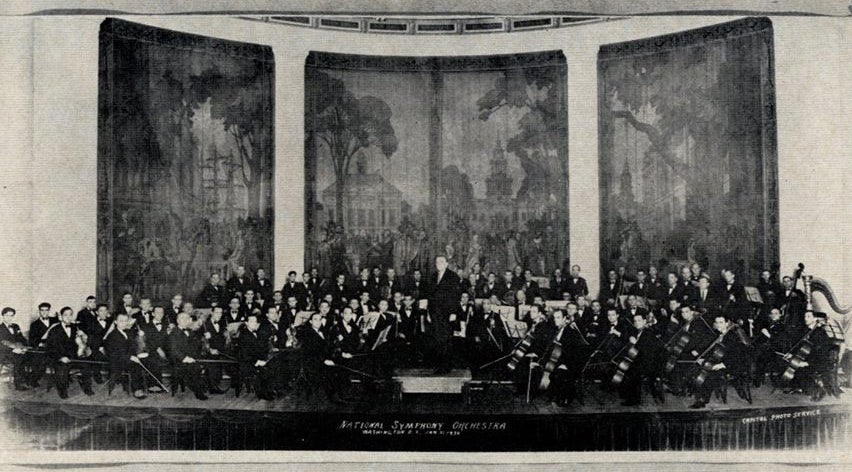
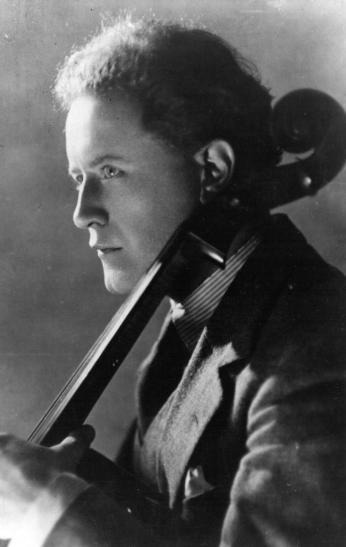
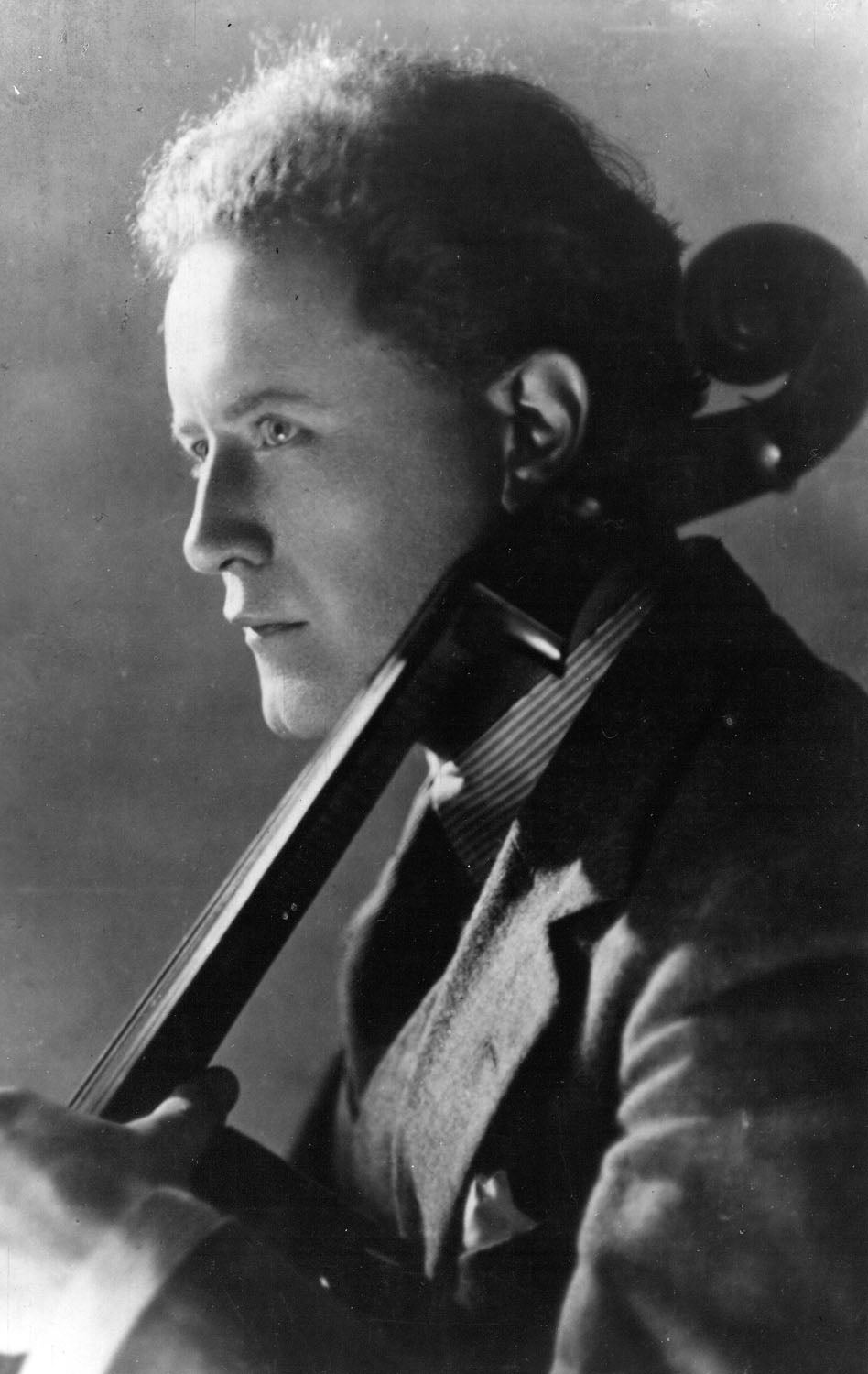
![Interior of DAR Constitution Hall, 1931 (Photo Source: Library of Congress, Prints & Photographs Division, photograph by Harris & Ewing, [LC-DIG-hec-36394]) Interior of DAR Constitution Hall, 1931 (Photo Source: Library of Congress, Prints & Photographs Division, photograph by Harris & Ewing, [LC-DIG-hec-36394])](/sites/default/files/styles/embed/public/Constitution_Hall_Interior_1931.jpg?itok=ouiSjeW3)
![Interior of DAR Constitution Hall, 1931 (Photo Source: Library of Congress, Prints & Photographs Division, photograph by Harris & Ewing, [LC-DIG-hec-36394]) Interior of DAR Constitution Hall, 1931 (Photo Source: Library of Congress, Prints & Photographs Division, photograph by Harris & Ewing, [LC-DIG-hec-36394])](/sites/default/files/Constitution_Hall_Interior_1931.jpg)
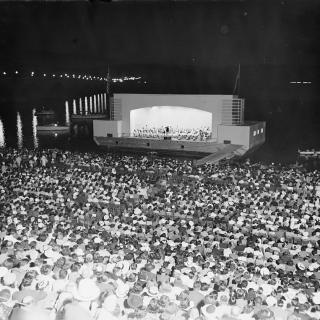
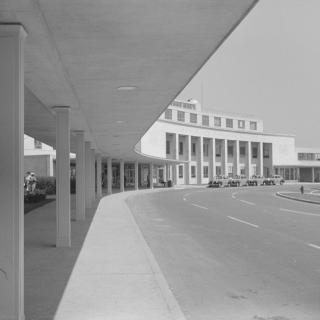
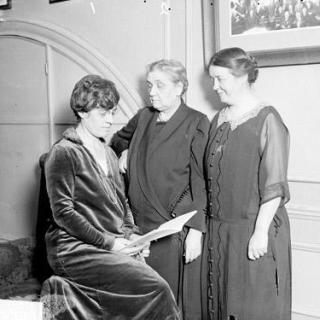
![Sketch of the mythical fuan by Pearson Scott Foresman. [Source: Wikipedia]](/sites/default/files/styles/crop_320x320/public/2023-10/Goatman_Wikipedia_Faun_2_%28PSF%29.png?h=64a074ff&itok=C9Qh-PE1)












